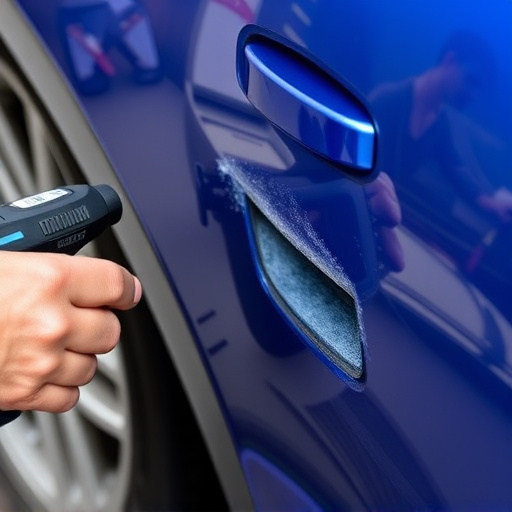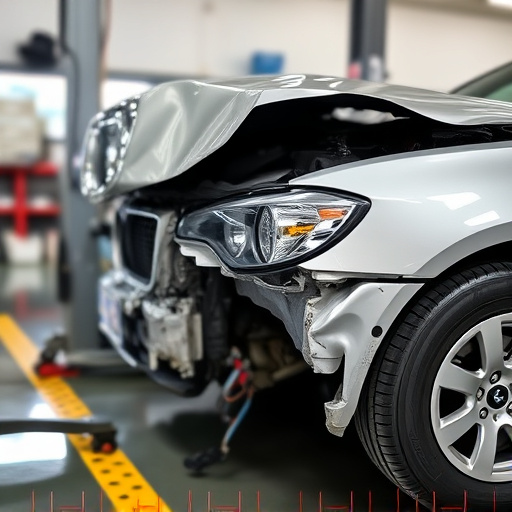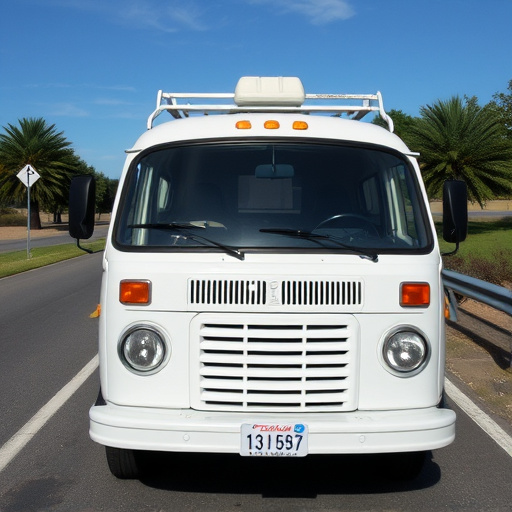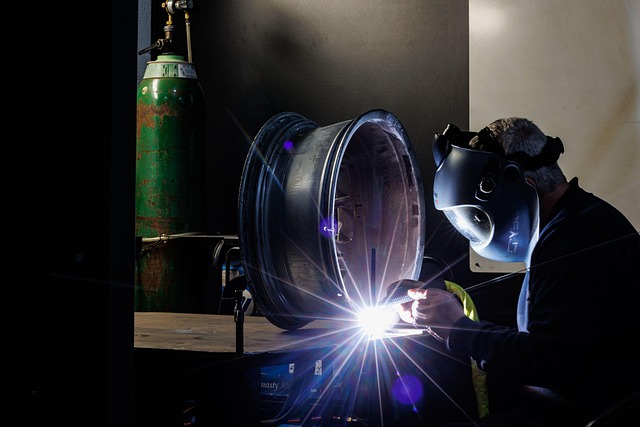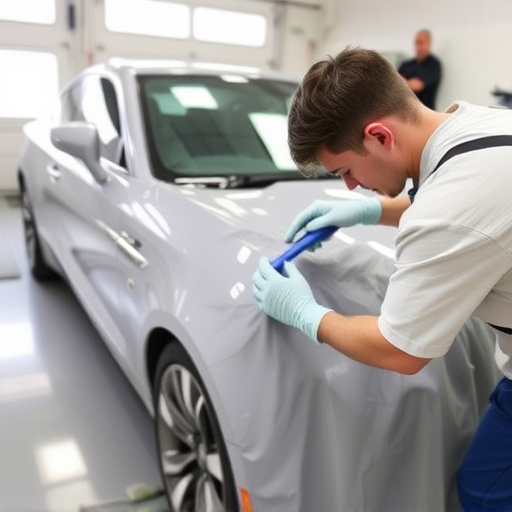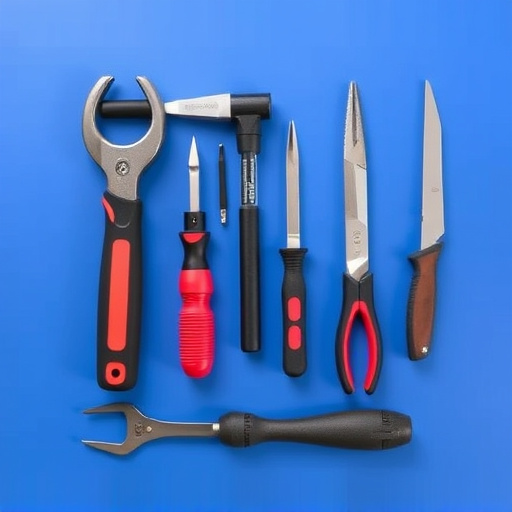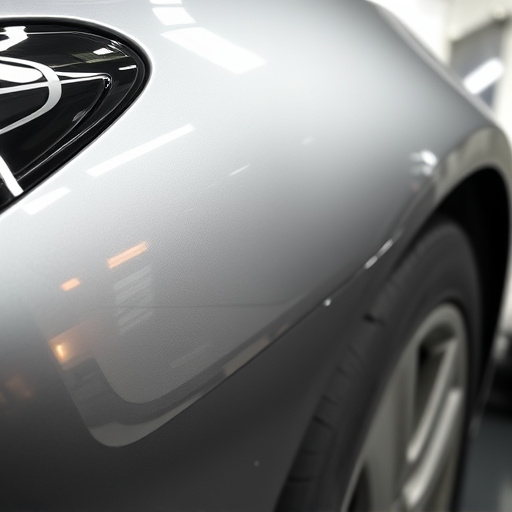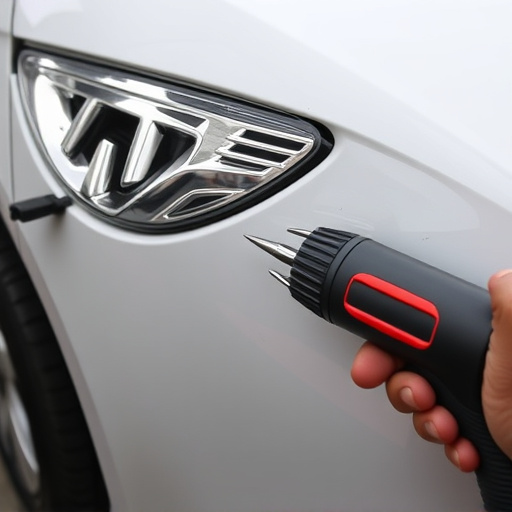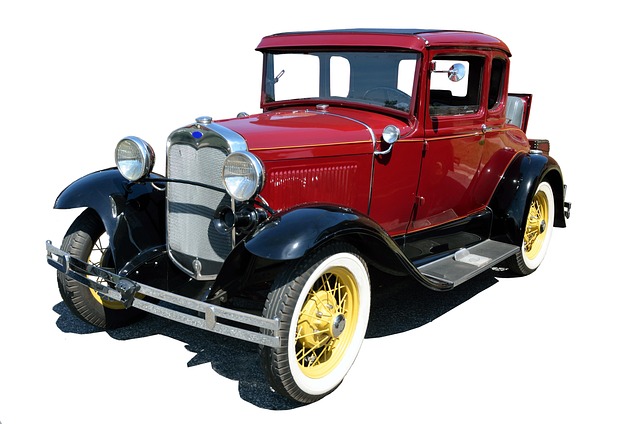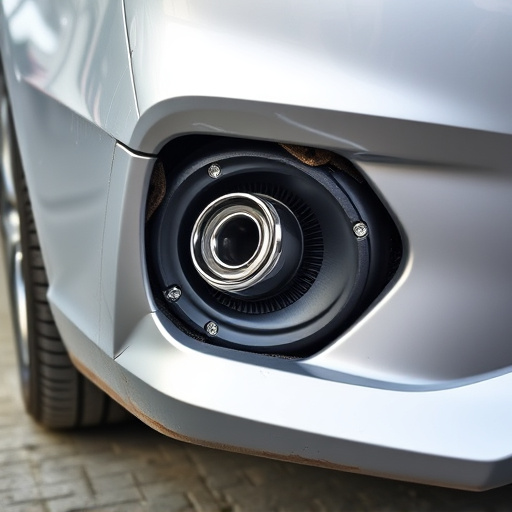Collision centers rely on specialized towing services for damaged vehicles. Flatbed trucks are ideal for severe damage and unique vehicle types, offering secure transport but limited access. Dolly trailers excel at efficiently moving lighter, less severely damaged cars, providing cost-effective solutions for basic repairs. These methods ensure tailored transportation to collision centers based on specific repair needs, streamlining operations and reducing turnaround times.
In the realm of automotive repairs, efficient towing to collision centers is paramount. This article explores two primary towing methods: flatbed versus dolly trailers, each with unique advantages and disadvantages. We delve into understanding different towing options, specifically tailored for collision centers’ needs. By examining the pros and cons of both, we help centers make informed decisions, ensuring seamless operations and optimal vehicle transport during the collision repair process.
- Understanding Different Towing Options for Collision Centers
- Advantages and Disadvantages of Flatbed Trailers for Collision Repairs
- Using Dolly Trailers: Benefits and Use Cases in Collision Center Operations
Understanding Different Towing Options for Collision Centers
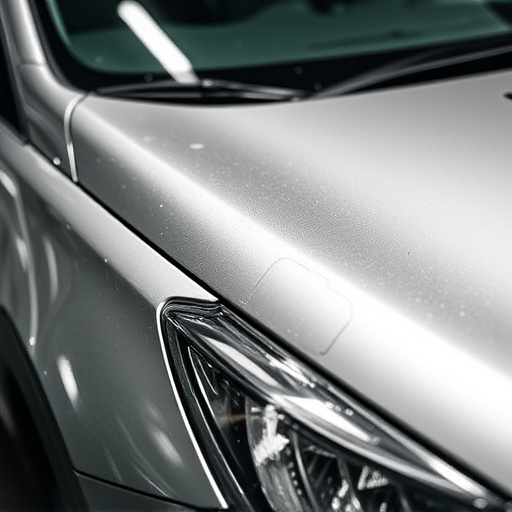
Collision centers often require specialized towing services to transport damaged vehicles safely. Among the various options, two prominent methods stand out: towing using flatbed trucks and dolly trailers. Both have unique advantages tailored to different scenarios of car damage repair and automotive body work.
Flatbeds are ideal for transporting vehicles with severe or unconventional damage. Their raised beds allow for the securement of cars in various states, including those that need dent repair or have sustained more extensive automotive body work. Conversely, dolly trailers excel at moving lighter, less severely damaged vehicles efficiently. They offer a more cost-effective solution for towing and are often preferred when the primary concern is getting the car to a collision center for basic dent repair and other minor cosmetic issues.
Advantages and Disadvantages of Flatbed Trailers for Collision Repairs

Flatbed trailers are a popular choice for towing vehicles to collision centers due to their versatility and efficiency. Advantages include the ability to transport various vehicle types, including those with unique shapes or oversized wheels, which is particularly beneficial when dealing with damaged cars that require specialized attention. The flatbed provides secure and stable loading, ensuring the safety of both the vehicle and its surroundings during transit. This method also reduces the risk of further damage compared to traditional dolly trailers, as it minimizes contact between the car body shop and the vehicle.
However, there are some disadvantages to consider. Flatbeds may not be suitable for all situations, especially when dealing with vehicles that require specialized equipment for loading or unloading, as the flat surface can limit access. Additionally, while flatbed trailers offer more protection against damage during transit, they might be less cost-effective for regular, standard towing needs compared to dolly trailers.
Using Dolly Trailers: Benefits and Use Cases in Collision Center Operations

Using Dolly Trailers offers several significant advantages for collision center operations. These trailers are designed to transport vehicles with precision and care, ensuring minimal damage during the towing process. Their specialized construction allows for a stable and secure hold on various vehicle types, making them ideal for delicate situations where autobody repairs or vehicle bodywork restoration is required.
For collision centers handling complex cases of vehicle dent repair or more extensive damages, Dolly Trailers provide a reliable solution. They are versatile enough to accommodate different sized vehicles, from compact cars to large trucks, making them a flexible asset for any shop. By employing these trailers, collision centers can streamline their operations, reduce the risk of secondary damage, and ultimately provide faster turnaround times for customers requiring autobody repairs or vehicle dent repair services.
When it comes to towing vehicles to collision centers, both flatbed and dolly trailers offer unique advantages. Flatbeds are ideal for their versatility and ability to handle diverse vehicle types, especially those that aren’t standard sedans. Dolly trailers, on the other hand, excel in efficiency and ease of use when dealing with sequential or parallel towing requirements commonly seen in collision center operations. Ultimately, the choice between the two depends on specific needs, fleet composition, and budget considerations for each individual collision center.
